Table of content
Boiling frozen dumplings might seem like a simple task, but achieving that ideal balance—tender skin, fully cooked filling, and a satisfying bite—requires precision and understanding. The question “How long should I boil frozen dumplings?” is common among home cooks and culinary enthusiasts alike. This article delves into the science, techniques, and nuances of boiling frozen dumplings to perfection, ensuring every batch you prepare is a culinary triumph.
Understanding Frozen Dumplings: Composition and Cooking Challenges
Frozen dumplings, whether store-bought or homemade, undergo a freezing process that preserves their texture and flavor. However, freezing also alters their physical properties. Ice crystals form within the dough and filling, which can affect cooking time and consistency. Unlike fresh dumplings, which cook relatively quickly, frozen varieties require a longer boiling period to ensure even heat distribution and thorough cooking.
The dough, typically made from wheat flour, water, and sometimes starch, becomes stiffer when frozen. This stiffness can delay the cooking process, as heat must penetrate both the dough and the filling. Fillings vary widely—pork, chicken, vegetables, or seafood—each with different cooking times and moisture contents. A dense, meaty filling may require more time to cook through than a light vegetable mixture, influencing the total boiling duration.
The Boiling Process: Step-by-Step Breakdown
Preparation: Thawing vs. Direct Boiling
A common debate among dumpling lovers is whether to thaw frozen dumplings before boiling. While thawing can reduce cooking time, it also risks compromising the texture. Thawed dumplings may become sticky or lose their shape if mishandled. Most experts recommend boiling dumplings directly from frozen to maintain their structure and prevent sticking.
Water Quantity and Temperature
Use a large pot with ample water—at least 4–6 quarts (3.8–5.7 liters) for 12–15 dumplings. Adequate water ensures the dumplings cook evenly without clumping. Bring the water to a rolling boil before adding the dumplings. A vigorous boil helps set the dough quickly, preventing it from becoming soggy.

Adding Dumplings to the Pot
Gently place frozen dumplings into the boiling water using a slotted spoon or spatula. Avoid overcrowding the pot, as this lowers the water temperature and increases cooking time. Stir gently once or twice to prevent sticking, but handle with care to avoid tearing the dough.
Cooking Time: The Critical Factor
The cooking time for frozen dumplings typically ranges from 6 to 10 minutes, depending on size, filling, and dough thickness. Here’s a breakdown:
- Small dumplings (e.g., wontons, gyoza): 6–7 minutes.
- Medium dumplings (e.g., standard jiaozi): 7–8 minutes.
- Large dumplings (e.g., potstickers, mantu): 8–10 minutes.
Pro Tip: For frozen dumplings with thick dough or dense fillings, add 1–2 minutes to the cooking time.
Testing for Doneness
Determining when dumplings are fully cooked requires more than just timing. Use these methods:
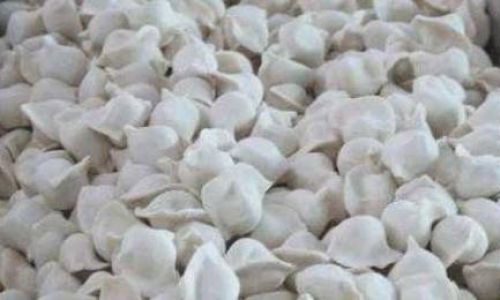
- Visual Cues: Cooked dumplings float to the surface and appear translucent with a slightly puffed-up dough.
- Texture Test: Remove one dumpling and cut it open. The filling should be steaming hot, and the dough should be tender without raw floury spots.
- Temperature Check: Insert a food thermometer into the filling; it should read at least 165°F (74°C) for meat-based fillings.
Post-Boiling Techniques
After boiling, drain the dumplings using a colander or slotted spoon. Avoid rinsing them with cold water, as this can make the dough gummy. Serve immediately with dipping sauces like soy sauce, vinegar, chili oil, or sesame paste.
Factors Influencing Boiling Time
- Dough Thickness: Thicker dough requires longer cooking. For example, handmade dumplings with chewy skins may need an extra minute compared to machine-made ones.
- Filling Density: Meat-filled dumplings take longer than vegetable-filled ones. Ground meat, especially pork or beef, needs time to cook through without remaining pink.
- Altitude: At high altitudes, water boils at lower temperatures, extending cooking time. Adjust by adding 1–2 minutes.
- Freezer Storage: Dumplings stored for extended periods may develop larger ice crystals, affecting texture. Cook slightly longer if the dough feels unusually hard.
Common Mistakes and How to Avoid Them
- Overcooking: Leaving dumplings in boiling water beyond the recommended time can cause the dough to disintegrate. Monitor closely and use the doneness tests.
- Undercooking: Raw filling poses food safety risks. Always verify internal temperatures, especially for poultry or pork.
- Crowding the Pot: Overfilling the pot lowers water temperature, leading to uneven cooking. Cook in batches if necessary.
- Skipping the Boil: Some recipes suggest adding dumplings to simmering water, but a rolling boil ensures better texture.
Advanced Tips for Perfect Frozen Dumplings
- Hybrid Cooking Methods: For crispy dumplings, boil first, then pan-fry in oil until golden. This combines the tenderness of boiling with the crunch of frying.
- Broth Boost: Add a splash of chicken or vegetable broth to the boiling water for extra flavor.
- Ice Bath Technique (for gyoza): After boiling, shock dumplings in ice water to halt cooking, then reheat in a pan for a chewier texture.
- Seasoning the Water: Toss in a few slices of ginger, garlic, or green onions while boiling to infuse subtle aromas.
Cultural Variations and Regional Preferences
Dumplings are beloved worldwide, with each culture offering unique twists:
- Chinese Jiaozi: Often boiled and served with black vinegar and chili oil.
- Japanese Gyoza: Typically pan-fried but can be boiled for a softer texture.
- Korean Mandu: Boiled in anchovy broth for added umami.
- Polish Pierogi: Boiled and sometimes baked with butter and onions.
Adjust boiling times slightly to accommodate regional preferences. For example, Italian ravioli (a distant cousin of dumplings) may require 5–7 minutes depending on size.
The Science Behind Boiling Frozen Dumplings
Cooking frozen dumplings involves two key processes:
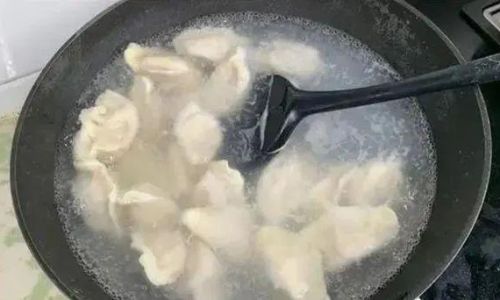
- Starch Gelatinization: Heat causes the dough’s starch molecules to absorb water and swell, creating a soft, cohesive texture.
- Protein Denaturation: Heat breaks down proteins in the filling (e.g., meat, tofu), making them tender and safe to eat.
Freezing slows these processes, as ice crystals disrupt molecular structures. Boiling reactivates them, but patience is key—rushing the process leads to uneven cooking.
Troubleshooting Guide
| Issue | Cause | Solution |
|---|---|---|
| Gummy dough | Overcooking or low-quality flour | Shorten boiling time; use high-protein flour |
| Raw filling | Insufficient cooking time | Increase time by 2–3 minutes; test internal temp |
| Soggy bottoms | Overcrowding the pot | Cook in smaller batches; stir gently |
| Tough skin | Thick dough or high heat | Use medium heat; ensure even boiling |
Conclusion: Mastering the Art of Boiling Frozen Dumplings
Boiling frozen dumplings to perfection is a blend of science and intuition. By understanding the interplay of dough, filling, and heat, you can consistently achieve restaurant-quality results. Remember: patience is your greatest ally. Allow the water to reach a rolling boil, adhere to recommended cooking times, and verify doneness through multiple methods. Whether you’re whipping up a quick weeknight dinner or impressing guests at a gathering, perfectly boiled frozen dumplings are a testament to the joy of simple, delicious cooking.
Experiment with different fillings, sauces, and cooking techniques to discover your signature style. With practice, you’ll soon find yourself answering the age-old question “How long to boil frozen dumplings?” with confidence and flair. Happy boiling!
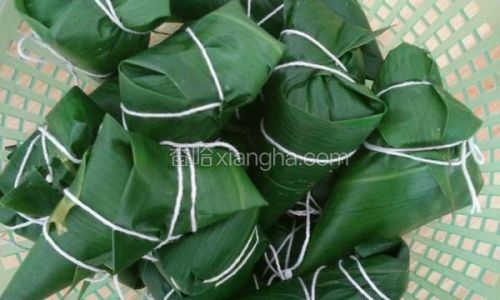

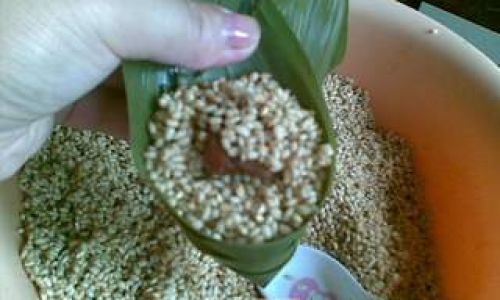
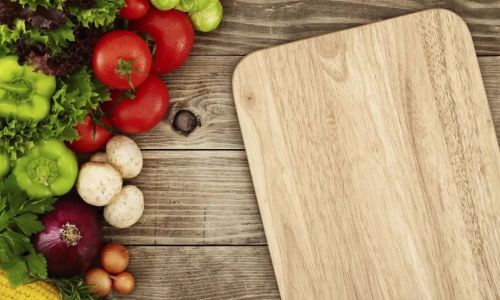


0 comments